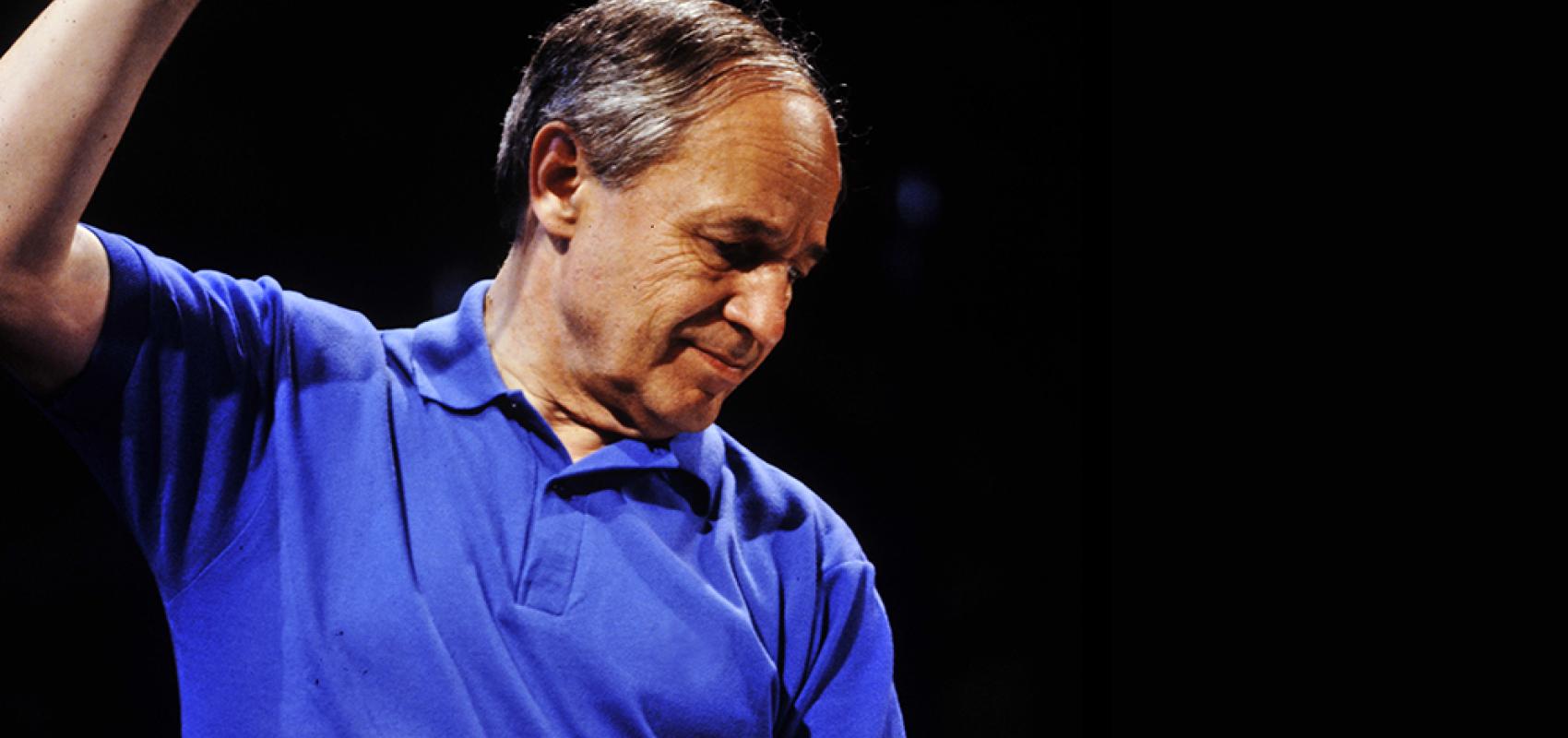The Bibliothèque Nationale de France is extending until 6 November “J’ai horreur du souvenir”, its exhibition dedicated to the figure of Pierre Boulez.
In June, the Bibliothèque Nationale de France (BnF) in Paris opened an exhibition dedicated to Pierre Boulez (1925-2016), one of the most influential figures in 20th century musical and intellectual life worldwide. The exhibition J’ai horreur du souvenir (I hate memories) consists of showcases of mostly unpublished documents from several collections deposited at the BnF by various patrons, such as Suzanne Tézenas and Pierre Souvtchinsky or the Compagnie Renaud-Barrault and, above all, the donation made in 2017 by the executors of the composer’s estate.
The title of the exhibition, conceived by Agnès Simon-Reecht, is inspired by one of the typically Boulezian provocations: “I hate the past! I hate memories!”, as Pierre Boulez wrote in 1965 to pay tribute to Roger Désormière, his spiritual father in the field of conducting. And we know very well – as he recalled in the newspaper Le Monde in 2000, on the occasion of his seventy-fifth birthday – that the brilliant French conductor and composer was no more concerned with the past than with his own place in history.
The exhibition, which will remain open until 6 November, shows previously unpublished sources that shed light on two aspects of Pierre Boulez in particular: the conductor and the cultural manager. It brings together around a hundred documents, witnesses to an intense life: autograph musical manuscripts (incidental music for L’Orestie or Structures pour deux pianos), and correspondence, diaries, photographs, concert and music programmes, musical instruments such as the baule bell from the Ivory Coast, which reminds us of the composer’s interest in non-European music.
At the heart of the exhibition are the orchestral scores annotated by the conductor Boulez on the works of the composer Boulez, whether his own works – Le Marteau sans maître or Répons, with numerous annotations on electroacoustic devices – or compositions by other great composers, such as Stravinsky’s The Rite of Spring, Debussy’s Pelléas et Mélisande or Schönberg’s Moses and Aaron, for example.
In addition to videos and photographs, these scores are precious testimonies of the profession and practice of the man who renewed the technique of conducting, combining technique, a precise knowledge of the score and a very personal gesture. Pierre Boulez’s distrust of a frozen past and a fetishised memory invites us to consider this exhibition not only as a tribute, but also as an invitation to see in these documents new sources of research and creation.
